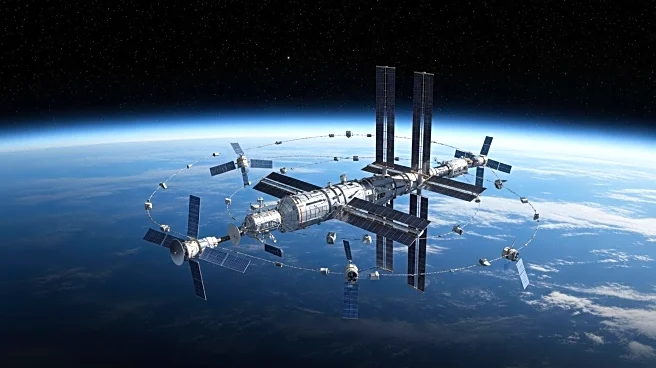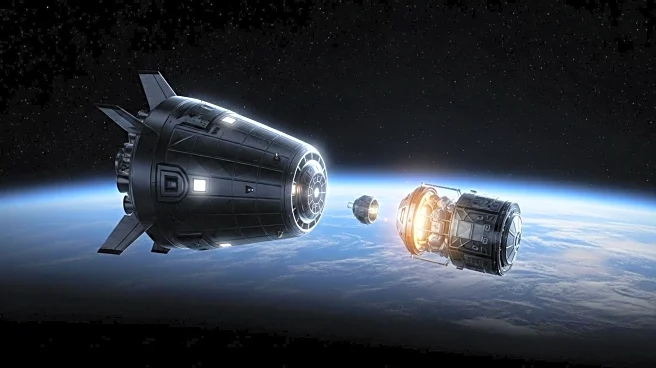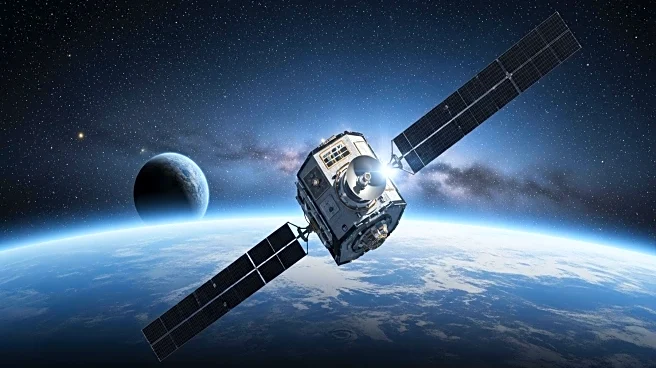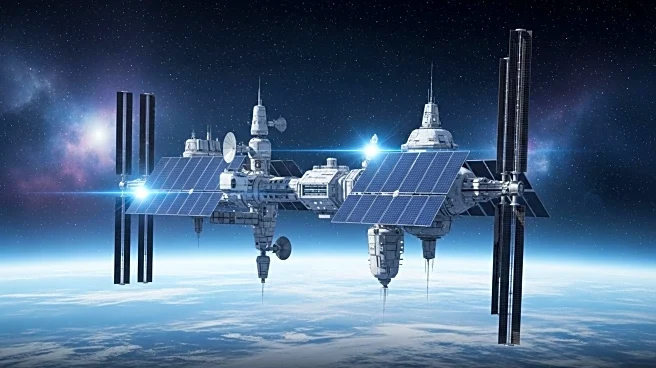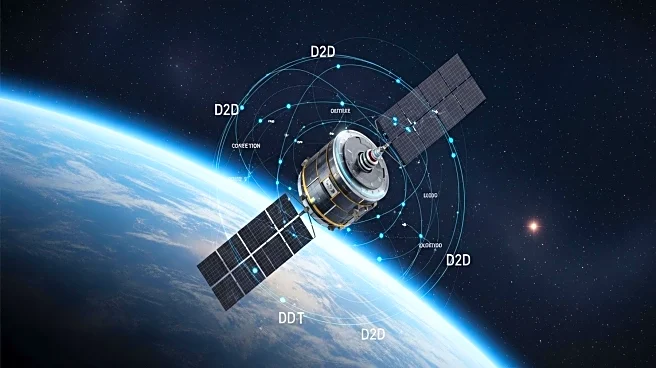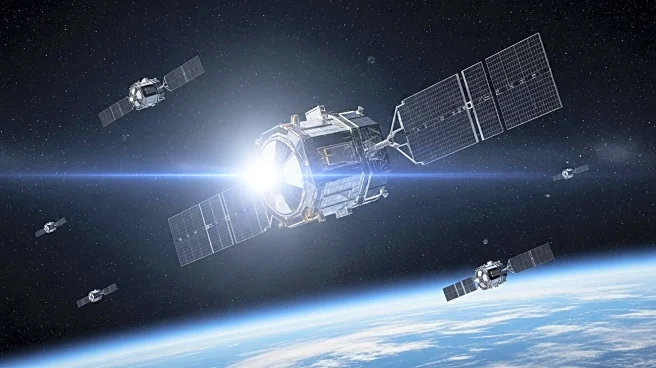What's Happening?
Australia has issued its first-ever domestic spacecraft re-entry license, marking a significant milestone in the country's space industry. This regulatory advancement allows a privately built capsule to return to Earth in Australia, paving the way for future sample-return and reentry missions. The move is part of broader regulatory reforms under the Space (Launches and Returns) Act 2018, which have streamlined licensing for launches and re-entries, reducing red tape for small rocket launches and high-altitude balloon flights. These reforms have also cut insurance requirements for small launch vehicles, facilitating easier attempts by startups to conduct launches. The Australian Space Agency (ASA), established in 2018, aims to triple the sector's size to A$10-12 billion by 2030 and create over 20,000 new jobs. The ASA has been instrumental in coordinating hundreds of projects and regulating launches and satellite licenses, supporting commercial growth through grant programs and international partnerships.
Why It's Important?
The issuance of the re-entry license is crucial for Australia's ambition to become a major player in the global space industry. It signals the country's readiness to host complex space missions, potentially attracting international collaborations and investments. The regulatory reforms enhance Australia's competitiveness by lowering barriers for startups, fostering innovation, and encouraging investment in space technology. This development is expected to boost the local economy, create jobs, and position Australia as a key hub for space activities in the Asia-Pacific region. The growth of the space sector aligns with national priorities, including defense capabilities and scientific research, and supports Australia's strategic interests in space exploration and technology.
What's Next?
Australia's space industry is poised for rapid expansion, with multiple launch facilities coming online and increased international collaboration. The ASA will continue to support industry growth through regulatory facilitation and strategic partnerships. The focus will be on developing sovereign space capabilities, including satellite communications, earth observation, and space surveillance systems. The government is likely to invest further in infrastructure, such as the Australian Space Park in Adelaide, to support satellite manufacturing and assembly. As the global space economy grows, Australia will aim to capture a larger share of the market, leveraging its geographic advantages and regulatory framework to attract international clients and projects.


